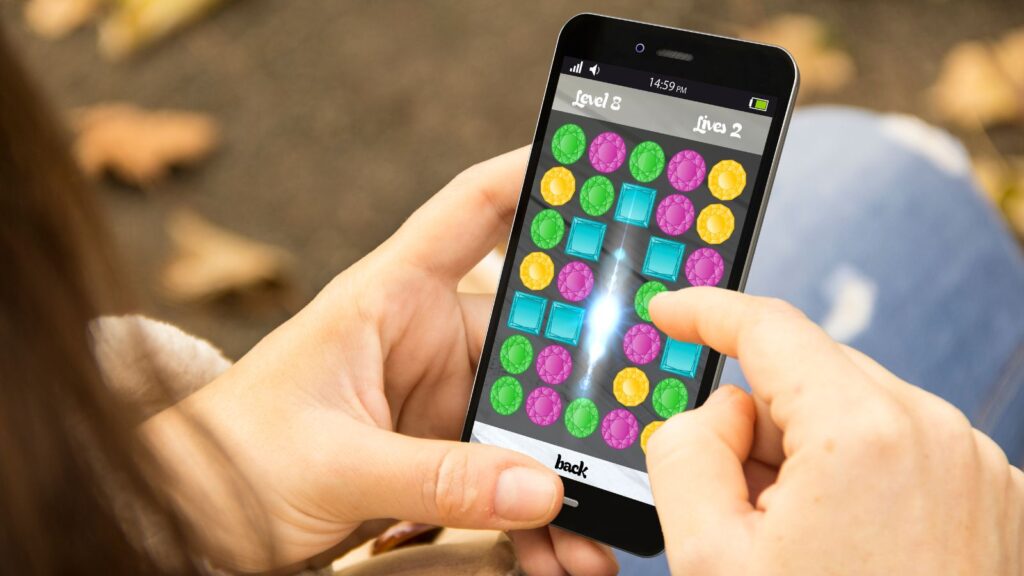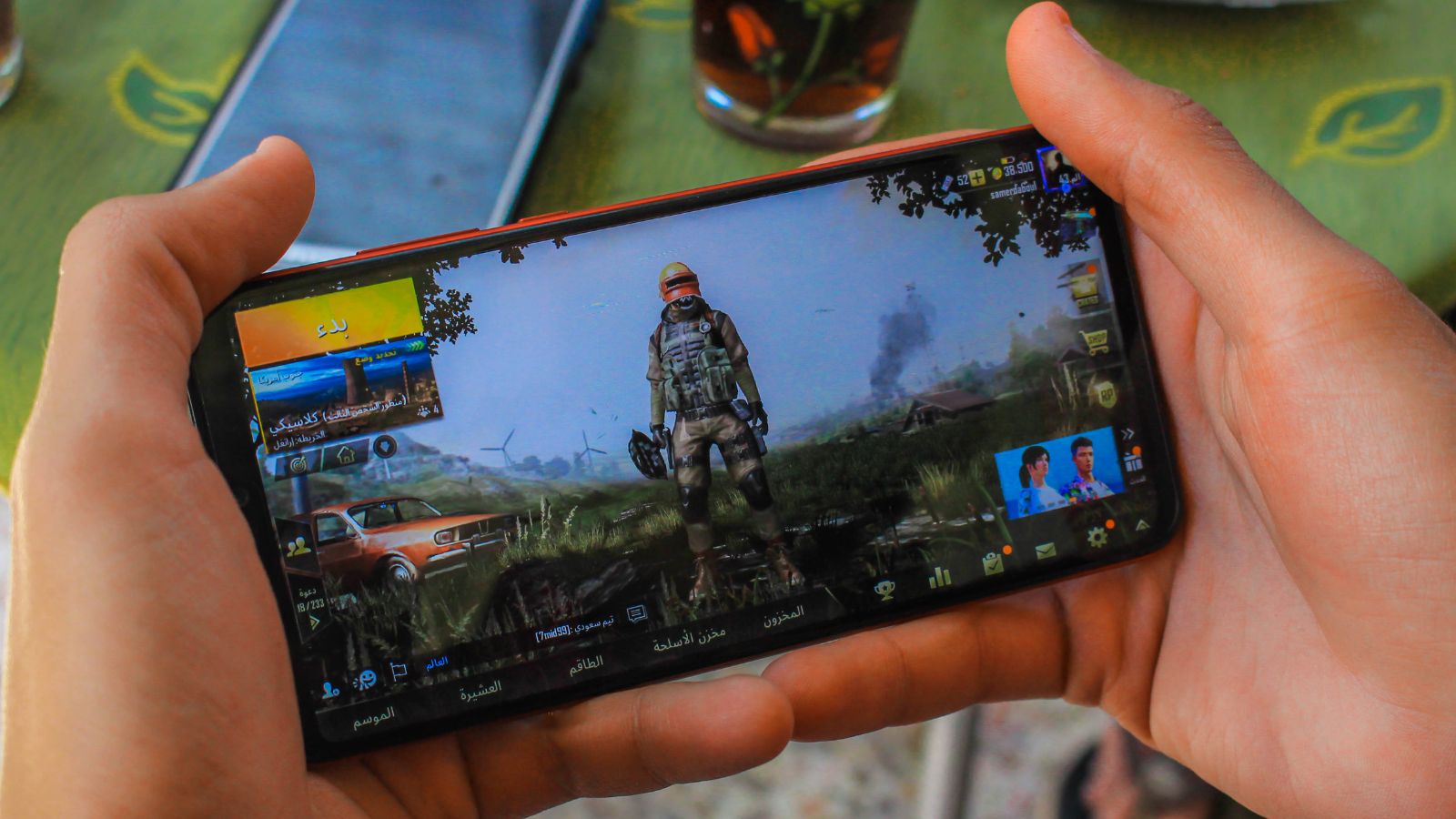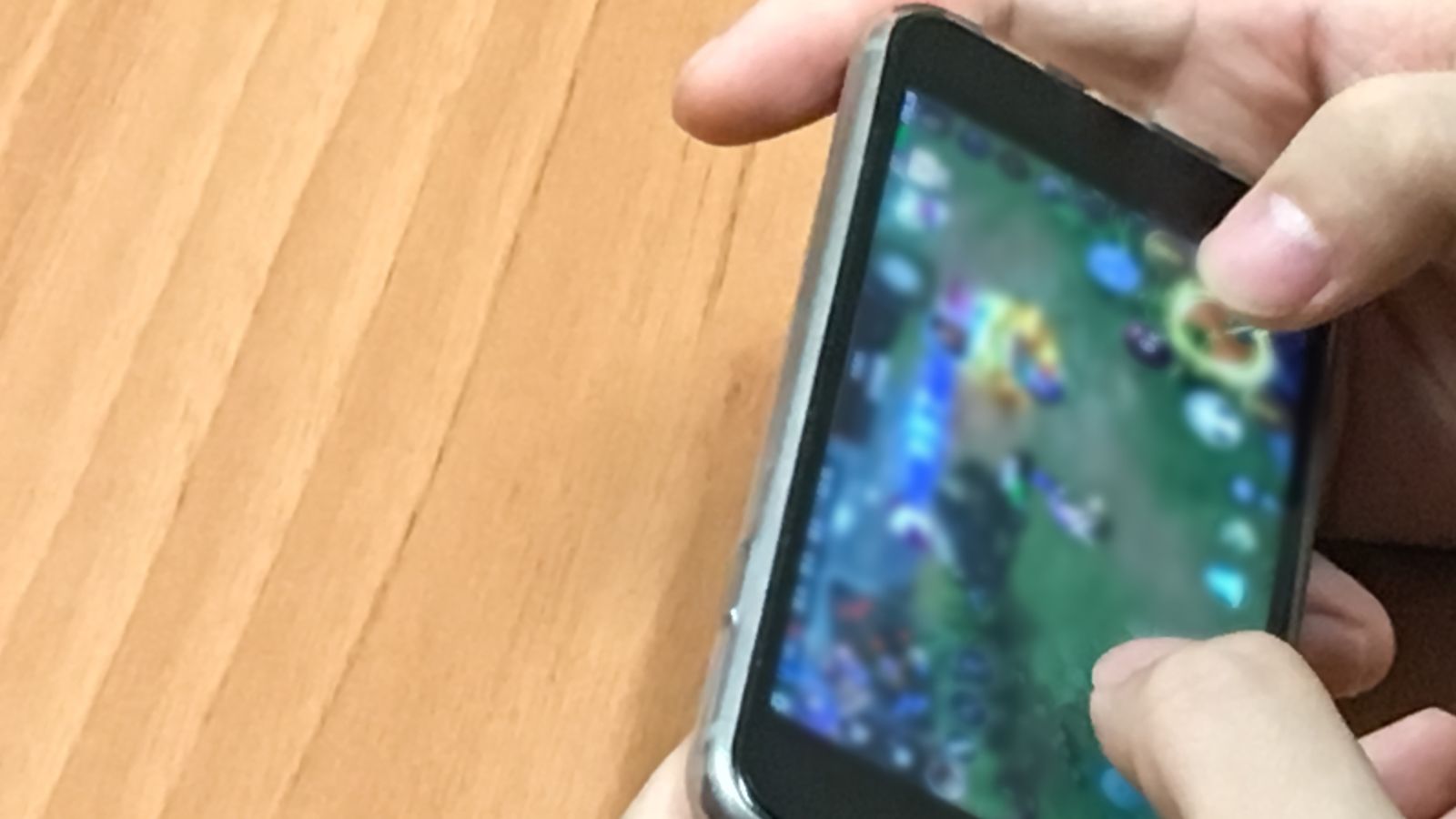
Swiping, tapping, or tilting a phone while playing a game feels almost like second nature. Now, gesture-based controls are a trend reshaping how players connect with mobile games.
For any mobile app development company, this shift is more than a fad. It is a smart move to keep players hooked.
Games that listen to your moves? Now that is a cool change. Gesture controls bring a fresh, hands-on way to play that keeps users hooked and coming back for more. It is no wonder a savvy mobile game development company is racing to jump on this trend.
But why all the fuss about gestures? What makes them so special, and how do developers make sure they work without turning your phone into a frustrating mess? Hang tight! We are about to dive into the cool world of gesture-based navigation in mobile games.
What Are Gesture-Based Controls Anyway?
It is pretty simple: instead of poking buttons, you control the game with natural moves like swipes, shakes, tilts, and more. Imagine slashing through enemies with a flick of your finger, tossing grenades by shaking your phone, or steering your ride just by leaning your device. It’s like turning your phone into a magic wand.
It is like your game stops being a flat screen and becomes an extension of your movements. This feels way more natural and immersive, especially on mobile devices where screen space is limited.
The trick is making those gestures feel smooth and intuitive. If it feels clunky or like a workout, players will bounce faster than you can say “Game Over.”
Why Gesture Controls Make Mobile Games More Fun
Games are not just about winning anymore! They are about feeling connected. When you swipe, shake, or tilt, it is like you are actually inside the game world. This kind of interaction can turn a good game into a great one.
Gesture controls also add an element of surprise. Instead of just pressing buttons, you might find yourself flinging a spell with a flick or dodging attacks with a quick tilt. It is physical, playful, and frankly, a lot more memorable.
Mobile game development companies love this because it helps games stand out in a crowded app store. And when players enjoy the experience, they stick around longer meaning better ratings and more downloads.
Accessibility And Inclusivity Benefits Of Gesture-Based
One of the coolest things about gestures? They can make games easier to play for people who find tiny buttons frustrating or have limited mobility.
For example, swiping is often easier than precise tapping, and shaking or tilting the device can add fun without complex controls. A thoughtful mobile app development company knows this and builds games that welcome all players.
This is more than a trend! It’s a shift toward inclusive gaming. The more players who can join the fun, the bigger your audience gets.
Design And Technical Challenges Of Gesture-Based Navigation
But it is not all smooth swipes and happy players. Gesture controls come with their own set of headaches.
- Sensors can be tricky or too sensitive, or not sensitive enough, which can ruin the experience.
- Battery drain from constant motion sensing is another concern.
- And let’s not forget about accidental moves that throw the game off.
A good mobile game development company will test, tweak, and polish these controls until they feel just right. They’ll strike the balance between responsive and forgiving.
Finest Practices For Developing Gesture-Based Mobile Games
Making gesture controls feel smooth and natural isn’t just luck; it takes careful planning. One big secret?
- Test, test, test: User feedback is key. Watch how players use gestures and keep tweaking until it feels natural.
- Simple tutorials: Clear onboarding helps players learn gestures without frustration. Step-by-step guides make all the difference.
- Mix controls: Combine gestures with traditional buttons so players can choose what feels easiest. Flexibility = happy users.
- Visual & haptic feedback: Use visual hints and gentle vibrations to confirm actions makes gameplay smooth and satisfying.
Tools And Tech Behind The Magic
To pull off gesture-based gameplay, developers rely on cool tech like accelerometers, gyroscopes, and proximity sensors already built into your phone.
Platforms like iOS and Android provide frameworks (hello, ARKit and ARCore!) that help track motion accurately. Combine these with clever coding, and you get games that feel almost alive.
If you are working with a mobile app development company, ask them about how they plan to use these tools. The right tech makes all the difference.
The Future Of Games Is More Than Just Swipes And Tilts
Gesture controls today are mostly about taps, swipes, shakes, and tilts. But the future is even more exciting.
Imagine combining voice commands, eye tracking, or even brain-computer interfaces to control your game sounds like sci-fi, but it is already happening.
These new ways to interact will make games feel less like you’re tapping on a screen and more like you’re stepping into a whole new world.
Any futuristic mobile game development company is already experimenting with mixing different input styles to create smooth, natural experiences that adjust to how you move, talk, and even think.
So, get ready for games that fit you perfectly, not the other way around.
Wrapping Up
Gesture-based navigation is not just some flashy trick to show off. It is changing the way players connect with mobile games, making them more immersive, way more fun, and easier for everyone to jump in.
If you are building a game, teaming up with a smart mobile app development company means you will use this tech the right way. No awkward glitches or frustrating controls, just smooth, natural gameplay.
So, if you want your game to get noticed and loved, it is time to let players play with their hands and maybe even their whole body.














